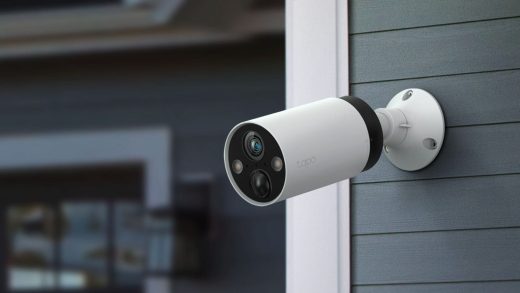The new USB specification has been finalized. Soon you can upgrade from USB 3.2 Gen 2×2 to USB4 Gen 3×2. Just don’t use USB4 Gen 2×2—that’s not any faster than the previous generation. Confused? Welcome to USB.
The naming isn’t the only confusing part, either. USB cables that look similar on the outside are often very different on the inside. And a bad cable could fry your hardware.
USB4’s Naming Is a Mess (Once Again)
USB’s naming used to be simple. Remember USB 2.0 and USB 3.0? That was nice. Things became complicated with USB 3.1 and USB 3.2. Now USB4 is making it extra complicated—and yes, it’s called USB4. You’re not supposed to call it USB 4.0.
The USB Implementers Forum, the industry group that manages the standard, says USB4 offers speeds “up to 40Gbps.” But there are different speeds. An engineer familiar with the specification explained the problem to TechRepublic:
“Once the specifications are released, there will be a new round of confusion,” the source told TechRepublic. “It’s going to be USB4, but you have to qualify what USB4 means, because there are different grades. USB4, by definition, has to be [at least] Gen 2×2, so it will give you 10 Gbps by 2, that’s 20 Gbps. There’s going to be USB4 Gen 3×2, which is 20 Gbps per lane. 20 by 2 will give you 40 Gbps.”
This keeps things good and complicated. There’s no USB 3.0 anymore—that was retroactively renamed “USB 3.1 Gen 1” and then to “USB 3.2 Gen 1.” What would have been called USB 3.1 was named “USB 3.1 Gen 2” and later named “USB 3.2 Gen 2.” The next version, which would have been USB 3.2, was then named “USB 3.2 Gen 2×2,” breaking the pattern.
We’ve explained what all those USB “Gens” are and how they relate to the term “SuperSpeed USB.” It’s absurdly confusing and hard to keep straight, especially when the USB-IF keeps renaming previous generations of the standard.
RELATED: What Are USB Gen 1, Gen 2, and Gen 2×2?
Not All USB Cables Are Created Equal

Let’s say you want to take advantage of those 40 Gbps speeds. You’ll have to buy a cable certified for 40 Gbps speeds. You can’t just pick up any old cable and expect it to function at those speeds. But certification isn’t mandatory. Some uncertified cables may function properly, too, and some cable manufacturers won’t bother certifying their products.














